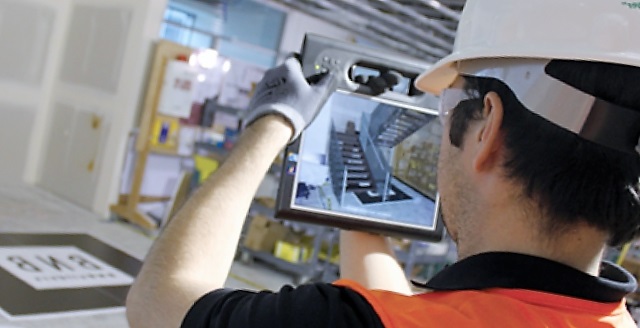Introduction: Where Virtual and Augmented Reality Meet Construction
The rise of virtual reality (VR) and augmented reality (AR) has been nothing short of meteoric, with products such as HTC Vive, Oculus Rift, and PlayStation VR as well as games such as Pokemon Go taking the world by storm. However, the construction industry can also reap benefits from these technologies by leveraging them to enhance project visualization, communication, collaboration, and safety training.
Virtual Reality: A Pathway to Enhanced Project Visualization
VR technology has undergone significant transformations in recent years, with the development of lightweight head-mounted displays, improved graphics, and faster frame rates. This translates to reduced lag and eyestrain, rendering VR experiences more comfortable. Automation software, such as Autodesk’s LIVE platform, has made converting building information modeling (BIM) models to virtual reality simulations easier, thus facilitating enhanced project visualization.
With VR, project stakeholders can immerse themselves in a full-scale 3D virtual environment, interact with designs, and navigate through the building as if it were a real, tangible entity. This technology enables stakeholders to better comprehend the space and detect clashes and changes, thus enabling the saving of both time and money that would have been expended making changes during the construction phase.
Furthermore, VR can speed up the decision-making process, promote collaboration and communication among stakeholders, and offer instant feedback. It can also be utilized for safety and equipment training by simulating hazardous environments, such as confined spaces or working at great heights.
Augmented Reality: A Pathway to Enhanced Construction Accuracy
AR technology enhances real-world environments by overlaying virtual data, images, and other information onto a physical space. Vision-based AR, utilizing markers like QR codes, allows architects, contractors, and owners to visualize a full-scale model of the building on a smartphone or tablet display before construction commences, providing greater insight into the details and design of the project.
AR can also enhance collaboration and communication by comparing BIM models with as-built construction and accessing checklists and daily reports using a heads-up display. Safety can also be improved on construction sites by developing a more detailed safety plan or providing training on heavy equipment using actual equipment with augmented hazards.
AR eliminates the need to continually look down at plans or BIM models, as users can overlay the built environment with BIM data. With AR, users can create an efficient construction schedule, develop a logistics plan for the site, and calculate the required amount of material and where to obtain it.
Conclusion: The Future of Construction is Here, Thanks to VR and AR
To sum up, the construction industry can experience a multitude of benefits by incorporating VR and AR technologies into the building process. By facilitating enhanced project visualization, communication, collaboration, and safety training, VR and AR can enhance the decision-making process, reduce costs, and save time in construction.















